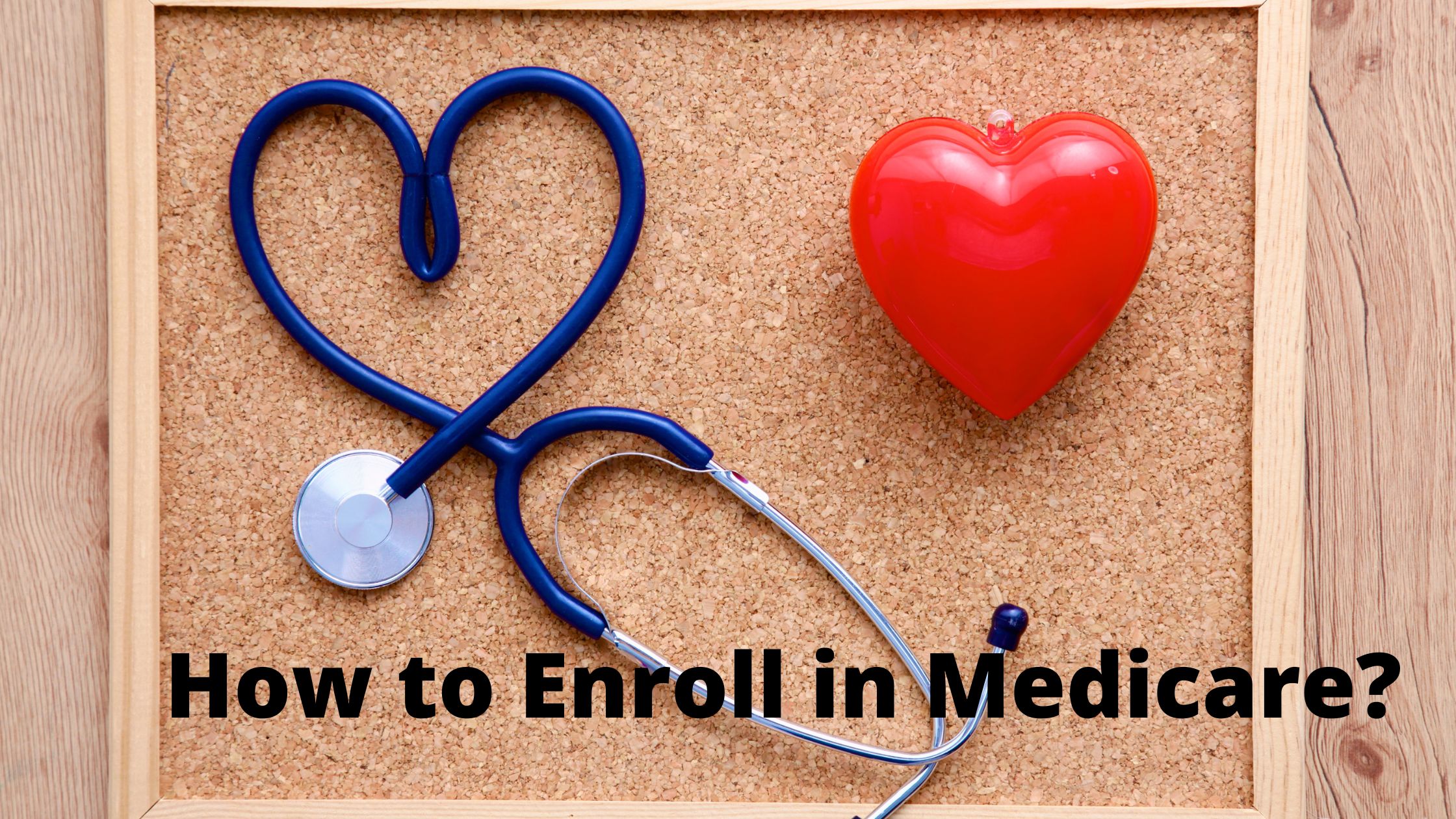Medicare is a government-run health care program that offers coverage to individuals age 65 and older and those with certain disabilities. It’s important to understand the basics of Medicare so you can make the best decision for yourself – and your loved ones – when it comes to signing up for coverage. Read on for tips on how to navigate the Medicare system and find out everything you need to know about coverage options.
What is Medicare?
Medicare is a government-run health insurance program for seniors and people with disabilities. It is one of the two major social welfare programs in the United States, the other being Social Security. As of 2016, Medicare provided health insurance for about 53 million Americans.
To qualify for Medicare, you must be over 65 years old and have been living in the US for at least five years. You must also have paid into the system throughout your working life (a minimum of $2,000). If you are disabled, your income must be below specified limits. In most cases, you can enroll in Medicare if you are already receiving Social Security benefits.
To get started with Medicare, visit www.medicare.gov or call 1-800-MEDICARE (1-800-633-4227). The website has a user-friendly interface that will help you find out if you are eligible for benefits and how to apply for coverage. You can also call the toll-free number to chat with an agent who can help you navigate the program and answer any questions you may have.
If you decide to enroll in Medicare, make sure you receive all your medical bills so
The Types of Medicare Coverage
If you are over 65 years old and have Medicare, you may be wondering what kind of coverage is available to you. This post will help you understand the different types of Medicare coverage and how to sign up for it.
There are three types of Medicare coverage: Part A, Part B, and Part D. Each has its own benefits and restrictions.
Part A is the most important type of Medicare coverage because it covers hospital stays, doctor visits, lab tests, and other medical costs. You must have Part A coverage if you are eligible for Medicare.
Part B covers premiums for doctors’ services and other health care expenses. You must have Part B coverage if you are eligible for Medicare and your income is below a certain level.
Part D covers prescription drugs, medical equipment, and other health care expenses. You must have Part D coverage if you are eligible for Medicare and your income is below a certain level.
If you are not sure whether you qualify for any of the types of Medicare coverage, call the Social Security Administration (SSA) or go online to find out more about your eligibility. You can also call Medicare toll-free at 1-800-MEDIC
How to Enroll in Medicare?
When you are ready to enroll in Medicare, it is important to understand the coverage that is available. There are a few things to keep in mind when signing up for Medicare:
– Medicare is a government program that provides health insurance to people age 65 or older and those with disabilities.
– You do not need to be enrolled in Medicare to receive medical care. You can use any health care provider, including private doctors and hospitals.
– There are several ways to enroll in Medicare. You can sign up online, by phone, or in person.
– You can also enroll if you are already receiving medical care from a government program such as Medicaid, TRICARE, or the Veteran’s Administration.
What are the Cost of Medicare Plans?
When you think about Medicare, the Costs likely come to mind first. But what do the actual costs of Medicare plans actually entail? And how do you compare them to other health care options?
In order to answer these questions, it’s important to understand how Medicare works. After all, understanding the basics of the program will help you make better decisions about coverage and costs.
First, let’s take a look at what Medicare is not. Medicare is not a government-run health care program like Medicaid or Obamacare. Medicare is a program run by the private insurance industry. And while there are some similarities between Medicare plans and government-run health care programs (e.g., both offer coverage for prescription drugs), there are also big differences (e.g., Medicare doesn’t provide coverage for long-term care).
Now that we have a basic understanding of what Medicare is, let’s take a look at some of the Costs associated with the program. The most common Cost people think of when it comes to Medicare is the premiums that seniors must pay each month. But in reality, this isn’t always the case.
For example, if you are over 65 years old and have full benefits
How to Navigate the Medicare Prescription Drug Program
If you are over the age of 65 and have Medicare, you may be wondering how to get prescription drug coverage. The truth is, it is not always as confusing as you might think. In this blog post, we will outline the basics of the Medicare prescription drug program and help you figure out which coverage options are best for you.
As part of the Medicare program, eligible seniors (those over the age of 65) are able to receive discounted prescription drug prices through a program called Part D. Coverage under Part D is voluntary, but it is important to understand the different Options and benefits that are available in order to make an informed decision.
There are three types of coverage under Part D: A, B, and C. A coverage option offers a set amount ($7100 for 2018) of money that you can use each year to cover your prescription drug costs. B coverage offers a set percentage (26% for 2018) of your yearly income towards your prescription drug costs, while C coverage allows you to pay any amount you want each month towards your prescription drugs. Coverage under Part D typically begins on the first day of the month after you sign up for it.
If you are
What are the Alternatives to Medicare?
There are a variety of alternatives to Medicare if you are looking for comprehensive coverage. Some of the most popular include private insurance, Medicaid, and the Veterans Administration. Each has its own advantages and disadvantages, so it is important to do your research before choosing one. Here are some tips on how to navigate the confusion and sign up for coverage:
1. Try to get a sense of what you need and want from health care coverage. This will help you decide which type of coverage is best for you. Are you primarily concerned about cost? Do you want to be able to see any doctor or hospital that you want? Do you want to be able to keep your current insurance if you change jobs?
2. Compare different types of coverage options side by side. This can be done online or in person. It is important to understand the benefits and drawbacks of each option before making a decision.
3. Talk to your family and friends about their experiences with health care coverage. They may have suggestions or advice that can help you make a decision.
4. Ask your doctor or healthcare provider which type of coverage would be best for you based on your needs and preferences.
Conclusion
It can be difficult to know what Medicare coverage is available to you, and even more confusing when it comes to actually enrolling in the program. This article will provide an overview of Medicare, cover some of the basics about enrollment, and offer some tips on navigating through the confusion. If you are interested in learning more about Medicare or want to sign up for coverage, I recommend reading this article first.

